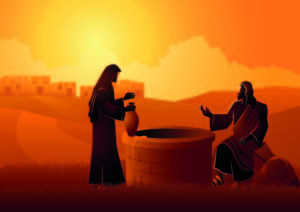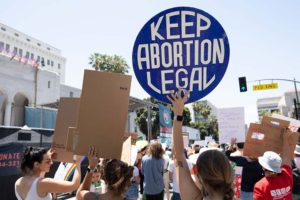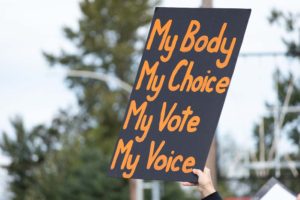The loss of Congressman John Lewis has left me deeply saddened. On July 17, 2020, John entered into rest–into that heavenly country where all the saints are gathered. I feel subdued and lethargic, and like part of me left with this extraordinary man, although I never met him.
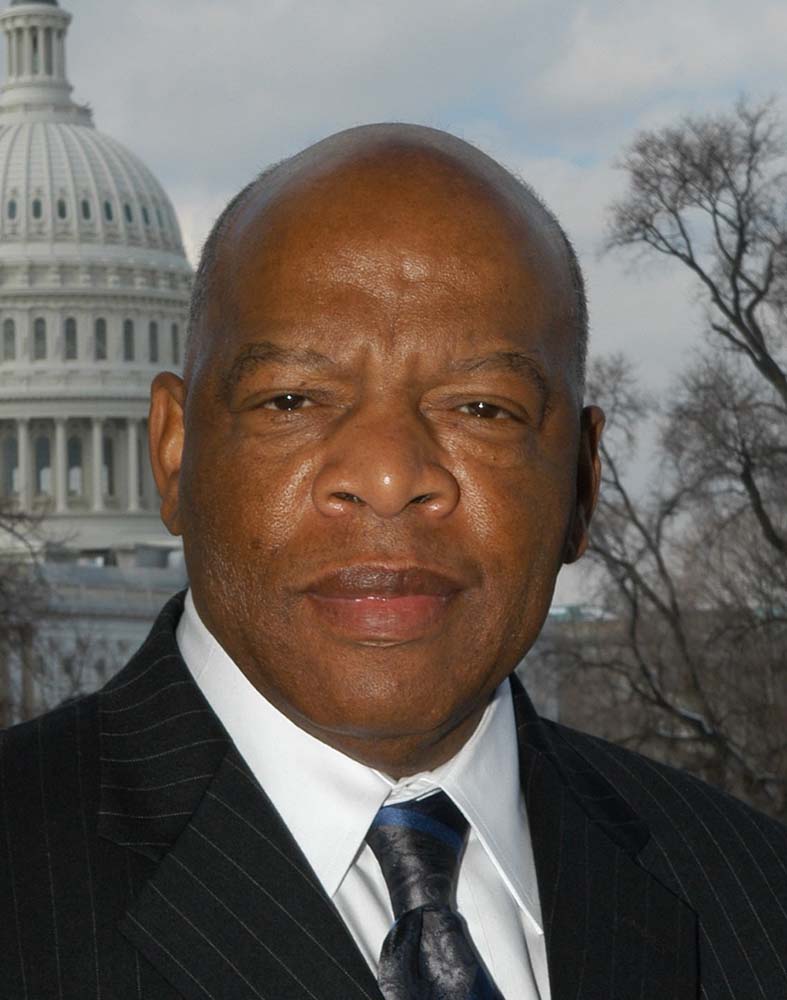
In a 2018 guest appearance on The View, John Lewis told the story of when he wrote to the Rev. Dr. Martin Luther King, Jr. Lewis was just 17 years old and wanted to meet Dr. King. So, King sent him a round trip bus ticket. We are all in debt yet again to Dr. King for his wisdom in choosing to mentor young John Lewis.
MLK and Lewis Meet for the First Time
When Lewis arrived, he said a lawyer led him to a room where Dr. King and the Rev. Abernathy sat. And Dr. King said, “Are you the boy from Troy? Are you John Lewis? He replied, “Dr. King, I am John Robert Lewis.” But Lewis recalled King still called him the “boy from Troy.” He spoke with such affection and respect.
MLK Taught Lewis to Stand Up and to not be Afraid
Lewis said, “When he spoke, he spoke to my heart, to my soul. I love this man. He taught me to stand up, to speak up and to speak out, and not to be afraid.”
Likewise, John Lewis is one of my heroes. I was struck by how Lewis spoke about loving Dr. King in the present tense, “I love this man.” I get it now. I understand why John Lewis could not shift to the past tense in speaking of Dr. King because I cannot do that either in thinking about John.
Of Dr. King, Lewis said, “I felt when he was assassinated that something died in America, that something died in all of us, and this country has not been on the right path since.”
I need for John Lewis’ Beacon of Hope to Continue Burning Brightly for All of Us
I need to keep his beacon of hope alive in my heart, mind, and soul. Undoubtedly, we will see more shameful days ahead as we work to remove the current occupant of the White House from the Oval Office in November. But in his last days, John was encouraged by the obvious diversity of the Black Lives Matter Movement. He was happy to see it.
I don’t remember Dr. King personally. I was only seven when he was murdered. Of course, I’ve read his writings and seen documentaries. I’ve listened to that thunderous voice countless times, and King inspires me still.
But as an adult, I have witnessed the work of John Lewis across his lifetime of service to this country. He is a force to be reckoned with, yet so kind and humble. I love this man for his courage, his steely sense of hope, his encouragement to young people — “Do not give up, never give in . . . give it all you’ve got.” Get yourself into some “necessary trouble, good trouble.”
Congressman Lewis has the creds to give such advice to young people. As the youngest speaker at the tender age of 23, John Lewis delivered one of the most powerful seven-minute speeches you will ever see, and it happened during the 1963 March on Washington. Like his mentor Dr. King, Lewis has a rolling and dynamic voice, a true orator. Ordained in the Baptist Church, John Lewis delivered inspiring speeches influenced by the excellent preaching tradition of the Black Church.
In the middle of the speech, he addressed the typical admonition of white people for people of color — to be patient. He responded,
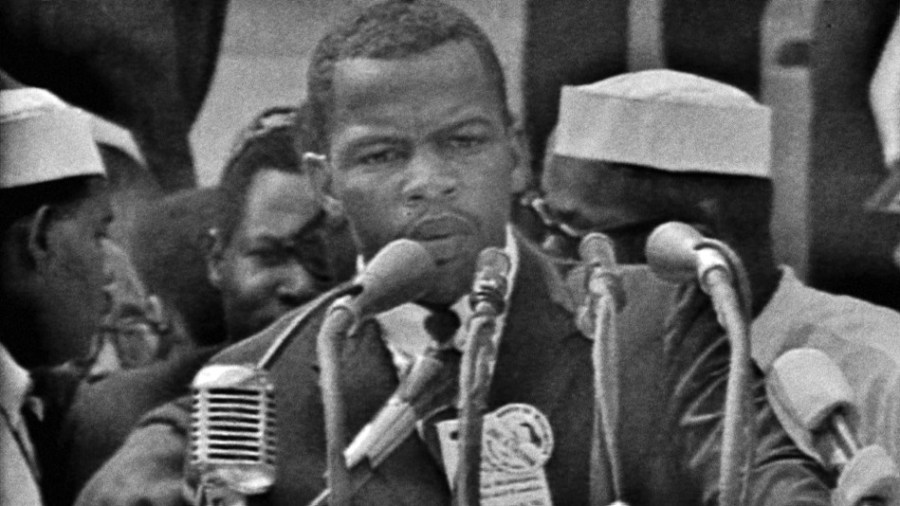
“We do not want our freedom gradually, we want our freedom now.” He continued, “We will not stop… We will march with the spirit of love and the spirit of dignity that we have shown here today.”
John Lewis finished his historic speech with a promise that he kept until his dying day and even beyond. Two years after the March on Washington, he held firm on a day when he was nearly beaten to death by Alabama State Troopers.
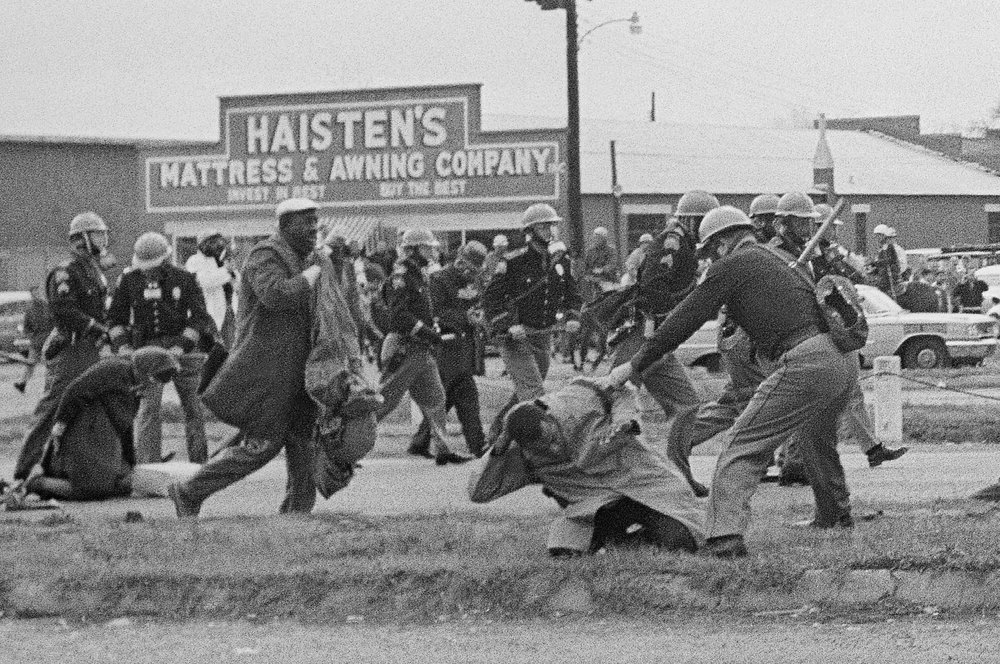
Closing an Ugly Chapter in the Segregated South
During the March on Selma in 1965, Lewis led peaceful protesters across that bridge as they demonstrated for the right to vote. As the group cleared the bridge, state troopers advanced on them. Unconscious due to a fractured skull, Lewis had no memory of getting from the bridge to safety and medical care.
Yesterday, I watched Lewis’ horse-drawn cart, a caisson, slowly pull Lewis’ flag-draped casket across the Edmund Pettus Bridge in Selma, Alabama. He’d been there many times before to commemorate that day. But his last journey on July 25, 2020, was the final word on the violence that occurred on Bloody Sunday 55 years ago. Tears welled in my eyes and slowly rolled down my face. I thought to myself, “This is so right, like something in the universe has snapped back into place.”
Lewis does not want the Edmund Pettus Bridge to be Named after Him
Edmund Pettus was a Grand Dragon of the Ku Klux Klan in Alabama. There has been talk of renaming the bridge for John Lewis, quite understandably. But Lewis has been clear that the name of Edmund Pettus remains on the bridge, as storied journalist Bob Schieffer remembered during an interview earlier on CNN today. Schieffer stated that John Lewis was adamant that Edmund Pettus’ name remains on that bridge as a reminder of our ugly past, lest we repeat it.
And for me recently, it has felt like we’ve regressed to those awful times when government officials and police violently interrupted peaceful assemblies. The First Amendment guarantees our right to assemble and to petition the government for the redress of grievances.
In June, Trump and Attorney General Barr purposefully interrupted a peaceful protest against police brutality. The large crowd had already stood outside of the White House for hours in an orderly fashion.
Trump wanted to walk to a church and hold up a Bible for some ridiculous photo opp. Barr authorized more than 12 police agencies to fall upon the crowd with flash-bangs, rubber bullets, and tear gas. That scene looked like John Lewis’ nightmare on that Bloody Sunday.
“We were Prepared”
Yet during that same interview on The View in 2018, John Lewis declared that he is very hopeful for our future. Earlier in this blog, I referred to his sense of hope as steely. It is stronger than that steel bridge in Selma and will endure well into the future because, in the end, it was Lewis himself who put the final period on that chapter of his legacy.
Whoopie Goldberg asked John how he does this work. He immediately replied, “We studied and were prepared for marches and the Freedom Rides. We developed strategies. And we were trained that when someone slaps you or pours hot coffee on you, and calls you every name except child of God, look them in the eye. You have to keep your cool.”
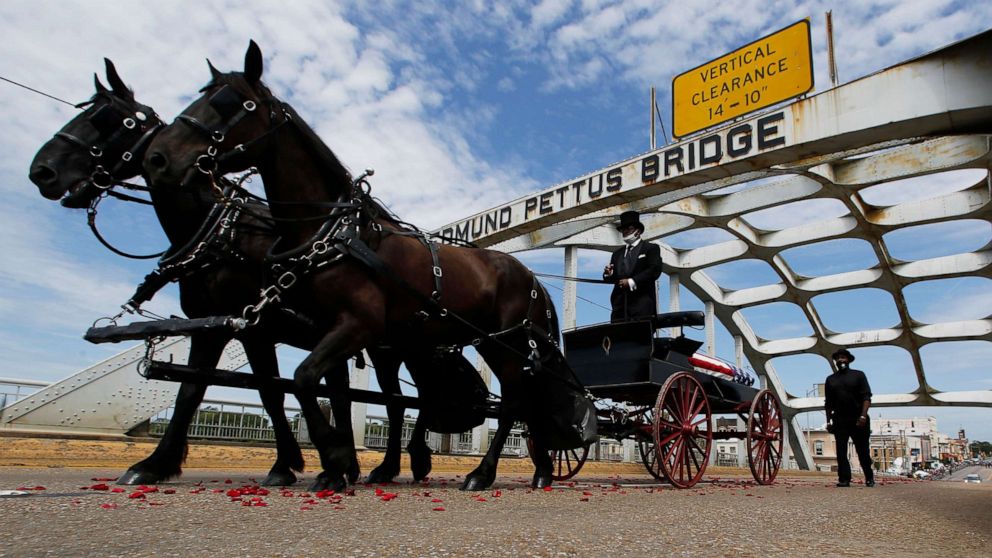
The Conscience of the Congress
Let us recall the power of Lewis’ address as he stood up before the nation in 1963, and remember his prophetic words.
“By the forces of our demands, our determination and our numbers, we shall splinter the segregated South into a thousand pieces and put them together in the image of God and Democracy.”
This son of sharecroppers ultimately served in the House of Representatives for over 30 years. Due to his gentleness and integrity, he became known as the Conscience of the Congress.
Lewis gave much sage advice. “Hate is too heavy a burden to bear. Don’t be angry. Don’t be bitter.”
So let us get into some “necessary trouble, good trouble” in loving memory of John Robert Lewis, a child of God. Amen.

